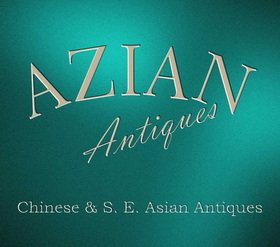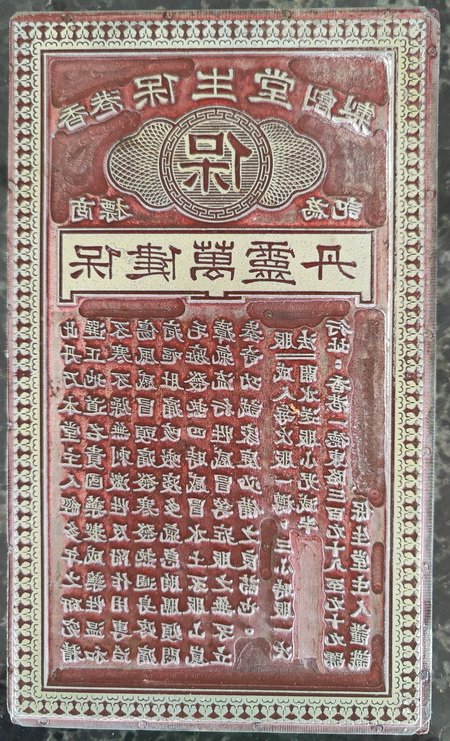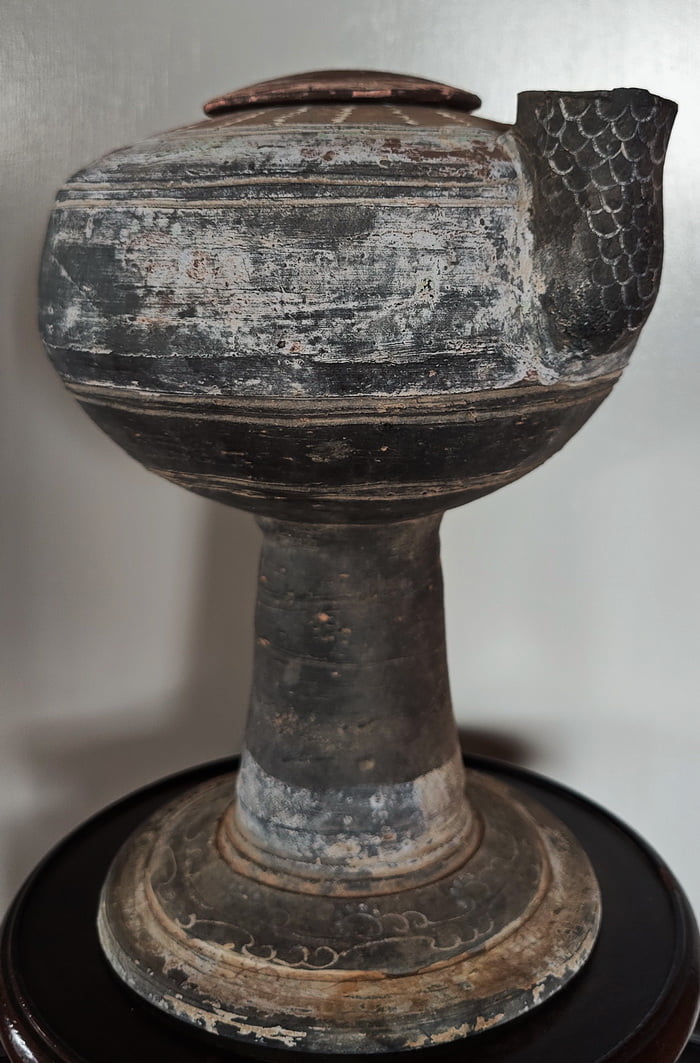Han Dynasty Tripod Mortuary Vessel commonly known as “Mingqi” with a thin waist separating the top from the bottom. The top section is decorated with white, blue and rose-coloured swirling motifs and a white geometric pattern with red dots on the top of the lower part.
The Han dynasty was considered the golden age in Chinese history. It was divided into two main periods, the Western Han 206BCE-9CE) and Eastern Han 25-220CE.
Read More
Objects that have been unearthed on archaeological sites and from burial chambers in China dating to the Han dynasty have given a deeper understanding and insight into the lifestyle and status of the people who lived during this period.
During the Western Han period burial goods and art objects were often used in everyday life whilst the person was still living, whereas, Eastern Han wares and artworks were usually made exclusively for burial, to serve the needs of the deceased in the afterlife, and were never used in their daily life whilst living.
Utilitarian vessels resembling this one were likely made for heating purposes, possibly hot water was poured into to bottom section with the item to be heated in the top, making it likely that a vessel such as this may have had a lid.
During the Han dynasty, mortuary vessels resembling utilitarian vessels used in everyday life were frequently placed inside burial chambers along with miniature replicas of earthenware farm animals such as the buffalo, horses, pigs, as well as miniature replicas of houses and granaries, in fact almost any conceivable object that would have been used in daily life was reproduced in miniature form to accompany the departed soul into the afterlife.
It was believed that these objects would bring him or her comfort and a sense of familiarity whilst journeying into and on his arrival in the other life.
These mortuary objects are also referred to as “mingqi“, “brilliant artefacts” or “fearsome artefacts”.
Some burial chambers in which the deceased were buried were also made to resemble a home comparable to the style and size of the walled courtyard homes seen above ground.












